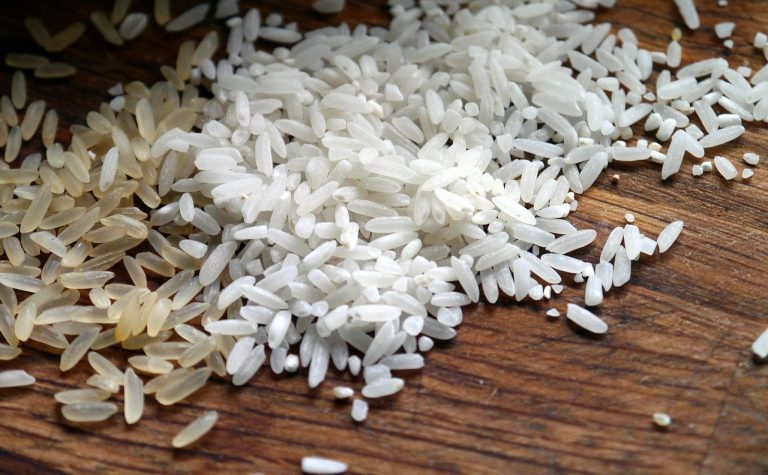Songpan Wall was a city wall built on a mountain in northwestern Sichuan Province, China. At an altitude of just over one mile high, it is 3.85 miles in length, 41 feet in height, and more than 40 feet wide. Each massive brick weighs 66.1 pounds. It was embossed with elegant designs. The length, height, thickness, and design make Songpan Wall unique among thousands of Chinese heritage construction sites.
Originally built in the Tang Dynasty (618-907) with modifications added in the Ming Dynasty (1368-1644), it had been a military target for all parties at war with each other. The heavy bricks were glued together with mortar made of sticky rice soup, lime, and deciduous tree oil.
Sticky rice walls are so strong they are almost indestructible
Mortar made with a mixture of sticky rice soup and lime is stronger than mortar made of pure lime, and is more water-resistant. It is the reason why so many ancient Chinese buildings still stand after thousands of years. Sticky rice mortar was used to build temples, walls, and houses. Some buildings are so strong that even bulldozers or earthquakes cannot destroy them.

How does sticky rice mortar work? Scientists have found that it is a material containing special organic and inorganic ingredients. The inorganic ingredient is calcium carbonate, and the organic ingredient is amylopectin, which comes from the sticky rice soup in the mortar. This can suppress the growth of calcium sulfate crystals, forming particles that are tightly bound together. This is the reason why sticky rice mortar can build strong bulwarks.
In ancient China, workers cooked sticky rice until it became a thick soup, and then added lime to make a mortar. The amylopectin mixed with calcium carbonate formed particles both strong and tenacious, while the lime, being a preservative, kept the amylopectin from decaying and made the mortar last. This is the ancient secret behind why some ancient Chinese buildings have endured even into the present century.
Translated by Audrey Wang edited by Helen







